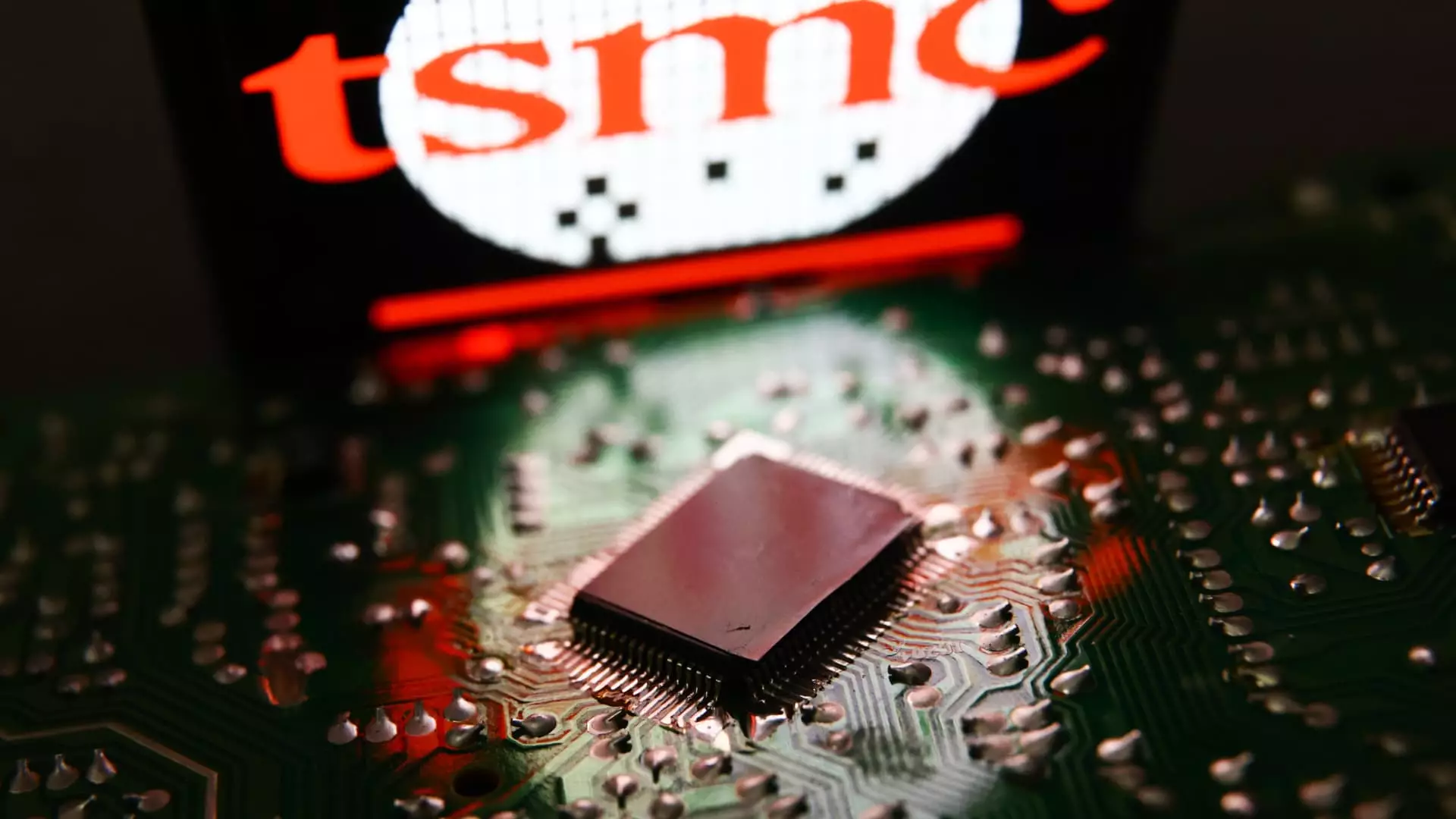In an unprecedented move, the U.S. government has directed Taiwan Semiconductor Manufacturing Co. (TSMC) to suspend shipments of advanced chips to Chinese clients, particularly those utilized in artificial intelligence (AI) applications. This action is a significant escalation in the ongoing technological and trade tensions between the United States and China, especially concerning high-tech industries critical to national security.
The Context of Export Controls
The recent order from the U.S. Department of Commerce underscores a growing concern over the potential misuse of advanced technology by entities like Huawei, which has been under scrutiny for its opaque relationships with the Chinese government. TSMC’s compliance with this order reveals the industry’s sensitivity to geopolitical pressures and highlights the strategic importance of semiconductor technology. The specific focus on chips designed with 7 nanometers or finer technology further indicates the U.S. intent to maintain a lead in advanced AI and computing technologies, essential for military and economic superiority.
The timing of these restrictions is notable. TSMC discovered that one of its chips had inadvertently found its way into a Huawei AI processor, raising red flags about potential violations of export controls. As reported by Tech Insights, the analysis of the processor confirmed the presence of TSMC’s technology, thus prompting the U.S. government to take definitive action to prevent future occurrences. This incident emphasizes the delicate balance TSMC must maintain in its international operations, reflecting how intertwined corporate compliance and national security have become in today’s tech landscape.
The broader implications of this export restriction are significant, affecting not just TSMC but also numerous other companies across the semiconductor supply chain. By grounding its decision in the need for stricter control over exports, the U.S. aims to monitor the potential diversion of advanced chips to companies like Huawei, which remains on the U.S. trade black list. Restrictions initially targeted Nvidia and AMD, now extend to TSMC, showcasing a systematic approach by the Biden administration to tighten its grip on advanced technological exports to China.
Moreover, TSMC’s suspension of shipments is likely to reverberate through the semiconductor ecosystem, impacting numerous Chinese chip designers who rely on advanced manufacturing capabilities. It is noteworthy that previous communications from the Commerce Department had also mandated similar restrictions on chip manufacturing equipment suppliers, signaling a comprehensive strategy aimed at limiting China’s tech ascendancy.
The Obstacle of Regulatory Frameworks
The regulatory challenges posed by these actions reveal the complexity and delay often associated with formalizing trade policies. The Commerce Department’s “is informed” letter mechanism allows for expedient adjustments to licensing requirements, circumventing the lengthy traditional process. However, one must wonder if such rapid implementations can adequately address the nuanced landscape of semiconductor technology and trade in a globalized market.
With the constant evolution of chip technologies and the pace at which AI capabilities are advancing, the lag in formal rule updates—from initial drafts to final regulations—places a burden on companies scrambling to adapt to the shifting regulatory tide. The initial plans, referencing over 120 Chinese companies likely to face restrictions, have yet to produce formalized rules, raising legitimate concerns over the potential impact on competition and innovation in the semiconductor sector.
As supply chains become increasingly fractured and the U.S. tightens its regulatory grip on technology exports, a critical question arises: What are the long-term consequences for global semiconductor supply chains? The restrictions may catalyze a realignment where companies are forced to rethink their operational strategies to navigate emerging complexities in trade relations.
For instance, as firms like TSMC grapple with compliance mandates, they may also seek to diversify their markets beyond China, potentially realigning with allies to ensure business viability. Furthermore, the implications for China’s ambitions in tech innovation and self-reliance cannot be underestimated; these restrictions may ultimately backfire by incentivizing China to accelerate its development of domestic semiconductor capabilities independent of U.S. influence.
While the immediate goal of the U.S. export restrictions aims at stifling China’s advances in AI and related sectors, the ripple effects on global semiconductor dynamics are both profound and unpredictable. A landscape marked by increasing isolationism and stringent regulations could lead to new alliances and rivalries in the tech industry, shaping the next chapter of the ongoing U.S.-China technology race.


Leave a Reply